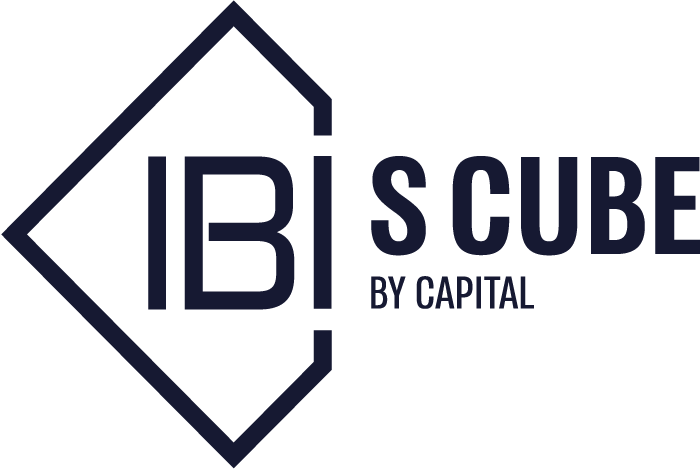The technology sector opened the year with leading cash-rich companies and valuations that left no room for significant returns; Despite the crisis atmosphere, the median valuations of C round companies jumped by 60% – How could this be?
Against the backdrop of a 40% decrease in private technology companies’ fundraising rounds in Israel compared to the previous year, 2022 is seen as a crisis year for the Israeli technology sector, a disillusionment from the euphoria of 2021. A combination of high valuations with inflation and rising interest rates led to a decrease of multiples in public markets, and investors began to change policies. Investors returned to examining the bottom line, forcing companies to downsize and sometimes even change their business models. Although, according to a research conducted by S Cube of IBI Capital, a leading provider of hi-tech valuations, regarding capital raising by Israeli technology companies and companies with ties to Israel, the value of the private companies that did manage to raise funds still increased in 2022. This increase was primarily reflected in advanced funding rounds (C rounds), which seem to have not participated in the “celebration” the year before. However, the figures are somewhat misleading, as companies have found creative ways to hide their value declines.
A year of crisis? C round companies saw a 60% increase in value
Since the beginning of the COVID-19 crisis, investors have mainly favored mature tech companies. However, in the past year, many leading companies in D rounds and above did not raise money for a variety of reasons, mainly because of trends observed in the previous year. For example, some of these companies raised large sums in 2021, enough to finance the company for many years, therefore the companies’ entrepreneurs and investors chose to avoid fundraising rounds in the current market environment. Among the companies that did require financing, the entrepreneurs sometimes opted for convertible loans (SAFE, etc.), which allowed them to postpone determining the value until the next fundraising round. Furthermore, some companies preferred to extend the previous fundraising round instead of carrying out a new one at a lower value. Consequently, unusual investment activities were observed in the less mature companies (C rounds).
According to the research, which is based on real data from thousands of valuations conducted by S Cube for its clients since 2013, the median valuation received by companies in advanced fundraising rounds (D and above) increased by approximately 6% in comparison to the prior year despite the crisis atmosphere in the technology sector. Meanwhile, the median values received by less mature companies (C rounds) jumped by around 57%, while the picture was less encouraging for companies in the initial fundraising stages, with a decrease of almost 31% in the median valuations received by companies in B rounds. There was a slight increase of approximately 6% in the valuations granted to companies during the initial rounds, although these were mainly in the first half of the year.
Although, according to a quarterly analysis of fundraising rounds over the past year, an increase was shown in the median valuations given to companies in the fourth quarter, both in early-stage rounds (B rounds and below) and in mature rounds (C and above).
The creative ways used to hide a value decrease
Against the backdrop of the changes in market conditions and the desire to avoid a down-round, some entrepreneurs searched for creative solutions to delay determining a valuation until better days, which led to a significant increase in the use of convertible loans such as SAFEs, which do not involve determining a valuation, but rather postpone it until the next financing round. The use of these instruments is not reflected in the valuation statistics, but these instruments often include a valuation cap, i.e., a maximum valuation by which the shares will be issued in the next round of financing; this indicator suggests a significant value decrease of the companies in the following year. In addition, some companies improved investor terms, such as adding a dividend, warrants or a multiple higher than x1 on the investment, changes that economically imply a decrease in the company value, but are not reflected in the pre-money valuation calculation. Another method to disguise a decrease in value used by some companies in the past year was to extend a previous round of financing, rather than to have a new round with the same pre-money valuation as the one used in the previous round, which economically implies a decrease in the company value.
Strong companies are expected to use investors’ money for M&A transactions
The main reason for the 40% decrease in fundraising rounds in the past year can be attributed to both supply and demand factors. On the supply side, investor taste changed in 2022 compared to the previous year, when VC funds were investing in almost every startup that asked for money. This change in investment strategy meant that raising money was no longer as easy to come by. On the demand side, multiples in the tradable market decreased, lowering entrepreneurs’ expectations regarding the potential value of fundraising rounds. Companies also had full cash loads from 2021 and preferred to avoid down-rounds, so they simply chose not to raise money. However, an examination of companies that carried out extraordinary fundraising rounds in 2021, from our research, showed that based on their cash burn rate, their cash is expected to last for many years, meaning that leading companies no longer need to raise capital, and the cash is likely to be used for M&A transactions instead. At the same time, wage conditions in the sector moderated, employee turnover was low, and companies began focusing more on the bottom line, so leading companies preferred to avoid fundraising rounds at the 2022 multipliers market conditions.
Demand for information and healthcare technologies is on the rise
Despite the turbulence in the technology sector, the technological revolution that began before the COVID-19 crisis and has been boosted since its outbreak, is still here. The need for technology has only increased, with it entering more and more industries daily. In the fundraising rounds of 2022, IT & Enterprise Software was the most remarkable field, accounting for 33.3% of all fundraising rounds, compared to 30.5% last year. This field includes technologies and platforms based on artificial intelligence that are designed to improve the business performance of companies from different industries. Healthcare and Life Sciences followed, with it accounting for 17.2% of the fundraising rounds, which is a 40% increase from the previous year. This field is diverse, covering medicine development, medical equipment, digital medicine, and biotechnology.
Israeli hi-tech will continue to lead, but nothing lasts forever
To conclude, the upheaval experienced by the technology sector in Israel in the past year was a necessary, healthy, and temporary change. It is also important to remember that if we treat the “celebration” of 2021 as a kind of anomaly and neutralize it from the long-term trend analysis, then 2022 was a record year for Israel’s hi-tech sector, and at the international level, the sector is expected to continue to be a world leader. Nevertheless, we must be aware that the start-up market is no longer exclusive to Israel, and that other countries are quickly catching up. While Israeli hi-tech had a great advantage in the past, today there are start-ups developing in many countries around the world. Although they are still lagging behind Israel, in the long run they are likely to close the gap.
Want to hear more? On February 14th we will reveal for the first time the findings of S Cube’s annual research for 2022 as part of the annual event with Meitar Law Offices. Among other things, we will present the trends in the field of capital raising in high-tech companies over the past year in relation to the US market and provide a 2023 forecast.
The above is provided for informational and general purposes only and does not constitute “investment consulting” and/or “investment marketing” as defined in the Law on the Regulation of the Practice of Investment Consulting, Investment Marketing and Investment Portfolio Management, 5755 1995 and/or a substitute for professional advice that takes into account the data and the special needs of each person and should not be considered advice or recommendation for performing any action and/or investment.




